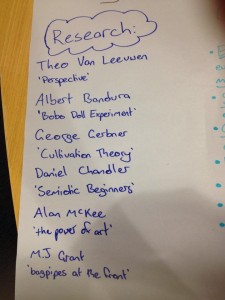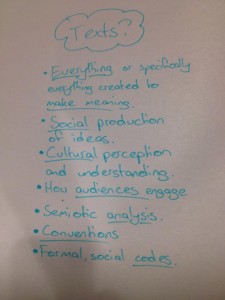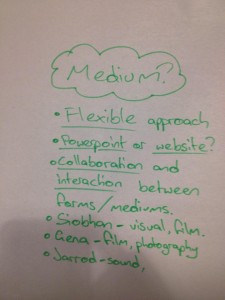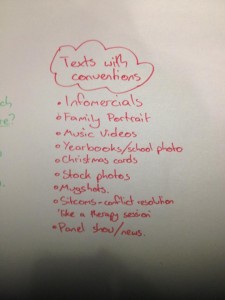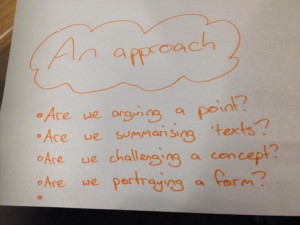My understanding of narrative is as a sequence of events motivated and propelled by casualty (cause and effect), in which characters are revealed through their interactions, a series of which propels a plot through the relations between characters reaching a resolution. This does not mean that narrative necessarily has to be portrayed in this linear fashion as Jean-luc Godard said “a story should have a beginning, a middle and an end, but not necessarily in that order”. Narratives traditionally follows a structure, using tropes, conventions and repeated representations to create audience expectations. By manipulating these expectations that convention has created, modern producers are able to evoke a stronger, more personal response for example when somebody slowly swings shut the bathroom mirror while a baby cries in a monitor there is (more than likely) somebody standing behind them with a knife. But what if they’re not there? What if they’ve already stabbed them, they close the cabinet and the camera pans down to reveal their blood-stained torso, and then the baby cries into the monitor. Conventions can work across or be limited to genre.
There are some interesting examples where authors have challenged conventions and commented on them within the text itself. I recommend Tex Avery’s Red Hot Riding Hood, and Walt Disney’s Duck Amuck. Most commonly these conventions are challenged in video but the use of the narrator is prominent in books and audio as well, challenging conventions of narratives in medium is the whole concept behind famous radio adaptation war of the worlds. It is not, I believe, always necessary to go to this extent to criticise convention and will experiment in the manipulation of audience expectation to have a more powerful emotive impact in individual scenes within a greater narrative form.
